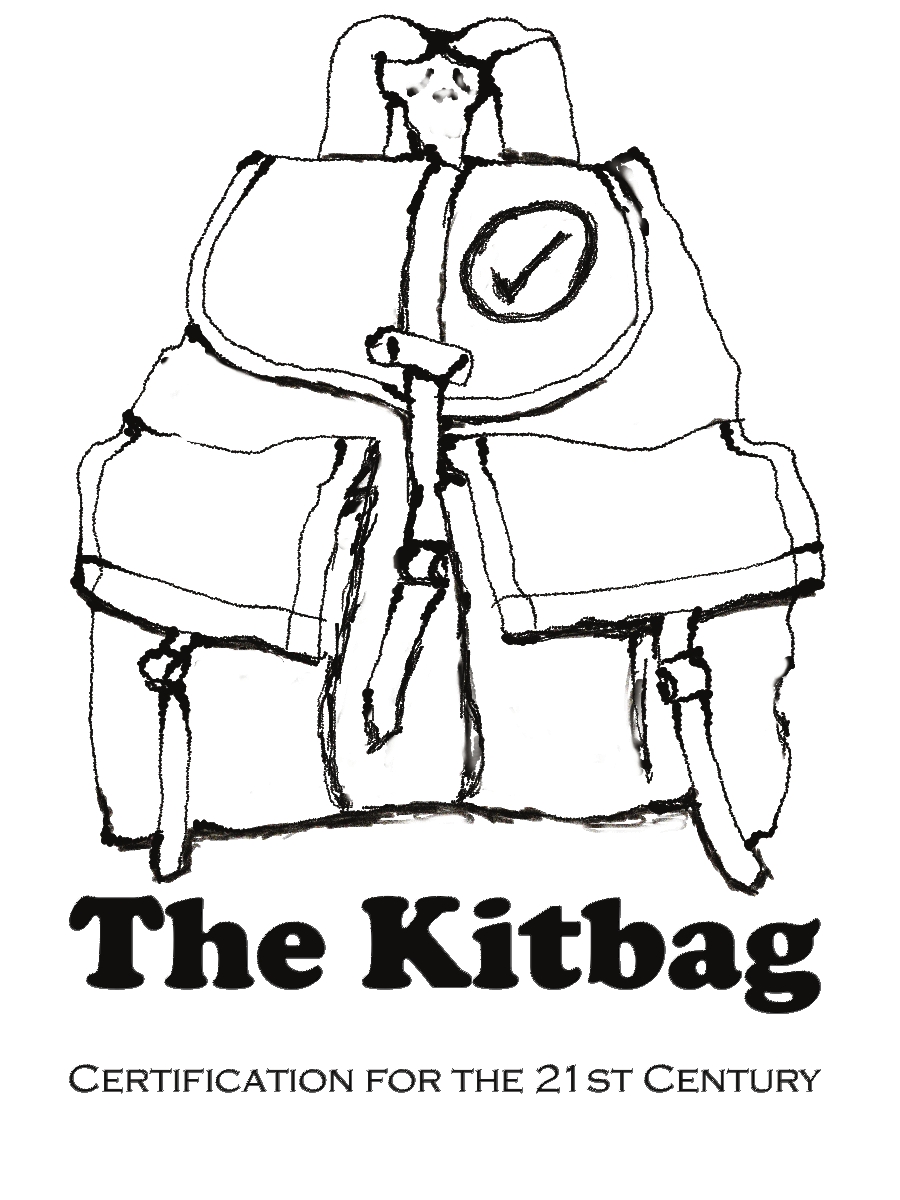WHAT is a "Scheme Owner"?
Simply put, a scheme owner is the organization (individual, for-profit corporation, not-for-profit corporation, certification body, government department, agency or other body, trade association, group of certification bodies or other just about any other body or group of bodies) that is responsible for the development and maintenance of the scheme and owns the intellectual property, copyright, trademarks and other rights to a certification scheme.
Ownership includes the copyright for the standard, the certification system, the name, trademarks, graphics and other identifying texts. Normally the name, trademarks, graphics, domains and other elements are registered in the jurisdictions where they are used.
Every certification scheme must have a scheme owner. In short someone must be responsible for the development and maintenance of the scheme. Simply writing a standard and letting it loose is not sufficient to create a certification scheme. Standards must be interpreted, reviewed and revised; and certification systems must be maintained so that each use of the scheme is consistent and all audits and certifications are conducted to the same benchmarks.
WHAT does it mean to be a "Scheme Owner"?
Guess what?, there are standards and guidelines that apply to scheme owners (I bet you were not expecting that...). ISO has the document 17067 titled "Conformity assessment — Fundamentals of product certification and guidelines for product certification schemes". There are a number of other ISO guidelines that are relevant to scheme owners but let's not list them here.... Also, ISEAL has a number of codes (standards writing, assurance, credibility, etc.) that are designed for scheme owners.
Scheme owners are responsible for the development and maintenance of the scheme. That means that they are responsible for making sure that scheme is up-to-date, that questions about how to interpret the standard are answered and that all parties are equally informed about changes and interpretations of the standard and the scheme requirements.
The biggest worry for a scheme owner is avoiding conflicts of interest and when avoidance is not possible, managing the conflicts of interest that do occur.
WHAT are the major conflicts of interest and HOW they be managed?
First of all, the major conflicts of interest usually involve money but they are not limited to money. If a scheme owner is making money from the scheme then it is crucial that the making money part be as separate as possible from the scheme management part. It is crucial that there be no link between decisions about the scheme and making money, the risk that a scheme owner can be accused of changing requirements to favour one party over another or lowering requirements to get more folks certified just to make more money can dramatically undermine a scheme's credibility.
These risks are as present for for-profit corporations as they are for not-for-profits or other types of scheme owners. As a result the most preferred way to manage the risk is to separate the roles of the application and management of the scheme from marketing, promotion, advocacy or other efforts to sell or grow the use of the scheme. This means that the job of managing the scheme is best left to a 'utility-like' organization whose job it is to provide a professional and neutral service. The job of promoting and marketing the scheme can then be undertaken by others who do not have direct control over the maintenance of the scheme.
A scheme owner should be impartial in all cases and so the management of real and perceived conflicts of interest should be its primary concern.
